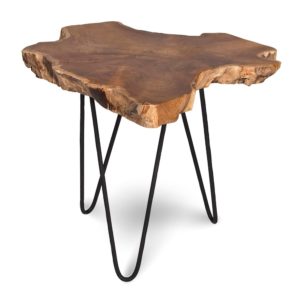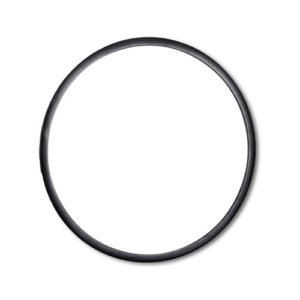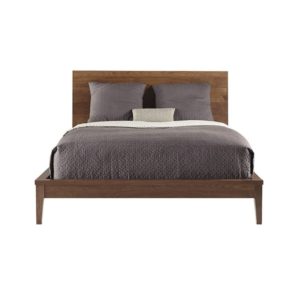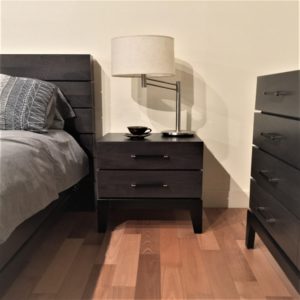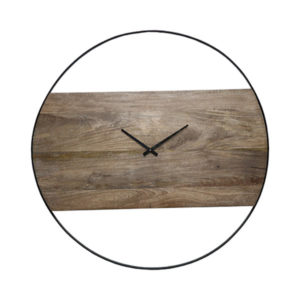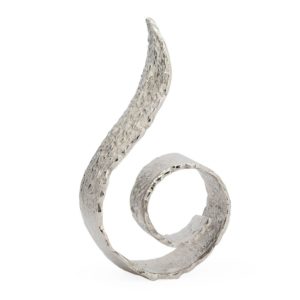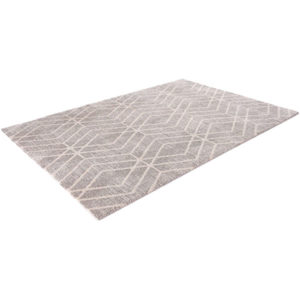Blog
What's New
Get the latest furniture trends for less at Furniture World Saskatoon
Find new and amazing products that we feature every month from the world’s finest furniture makers and the Canadian furniture industry’s cream of the crop. Get in touch with us for complete information about products slated for launching at our store.
-
Style In Form Nesting Table Hairpin
$429.00Original price was: $429.00.$349.00Current price is: $349.00. -
West Bros Serra King Walnut Bed
$3,499.00Original price was: $3,499.00.$2,799.00Current price is: $2,799.00. -
TH Definity Walnut Night Table
$1,499.00Original price was: $1,499.00.$1,199.00Current price is: $1,199.00. -
Ren-Wil Tupper Picture
$549.00Original price was: $549.00.$399.00Current price is: $399.00. -
Renwil Amika Clock
$619.00Original price was: $619.00.$489.00Current price is: $489.00. -
Torre & Tagus Flame Sculpture
$159.00Original price was: $159.00.$119.00Current price is: $119.00. -
Citak 5X8 Rug Arctic Thatch
$599.00Original price was: $599.00.$449.00Current price is: $449.00.
How to Choose Quality Furniture That Lasts: Insights from Industry Experts on Durability and Design
When it comes to furnishing your home, selecting quality furniture is essential for a durable and aesthetically pleasing environment. According to a 2021 report by the American Home Furnishings Alliance, over 60% of consumers prioritize longevity and construction quality when making purchasing decisions. The key indicators of durability include the type of materials used, design integrity, and manufacturer reputation.
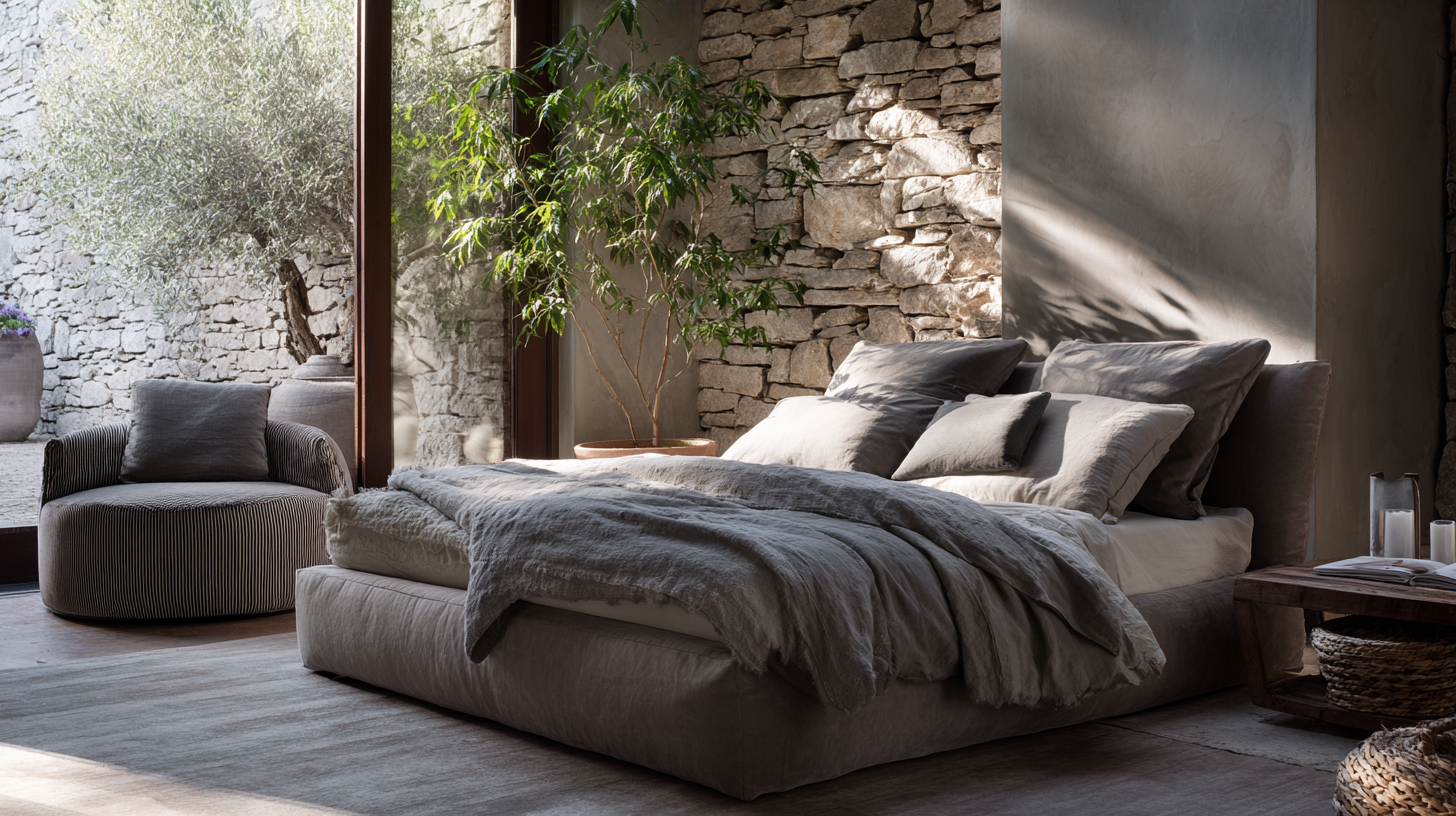
Moreover, a 2022 study by Statista revealed that consumers are willing to invest up to 30% more on furniture that promises enhanced lifespan and sustainability. In a market filled with options, understanding how to choose quality furniture that not only meets your immediate styling needs but also stands the test of time is crucial. This guide aims to provide insights from industry experts on selecting furniture that marries durability with exceptional design, ensuring you make informed choices that benefit your home for years to come.
Understanding the Importance of Material Selection in Furniture Durability
Choosing quality furniture is not just about aesthetics; material selection plays a critical role in durability. While stylish designs may catch your eye, the right materials ensure that your investment lasts for years. For instance, hardwoods like oak and maple not only offer beauty but also withstand wear and tear far better than softwoods. Additionally, consider fabrics as they can greatly affect the furniture's lifespan; high-quality upholstery materials, such as leather or dense weaves, resist staining and fading.
**Tips:** When selecting furniture, always inquire about the types of materials used. Look for items constructed from solid wood rather than veneers, as solid pieces can be refinished and repaired more easily. Additionally, check for manufacturer warranties, which often indicate confidence in the durability of the furniture.
Another important aspect of material selection is environmental impact. Sustainable materials like bamboo and reclaimed wood not only contribute to a more eco-friendly home but also enhance durability. These materials are often treated to resist flaws and extend their service life.
**Tips:** Always look for certifications that ensure the materials are sustainably sourced. This not only benefits the environment but often leads to better craftsmanship and longer-lasting pieces.
How Material Selection Affects Furniture Durability
Evaluating Construction Techniques for Long-Lasting Furniture
When evaluating construction techniques for long-lasting furniture, attention to detail is paramount. High-quality furniture often incorporates joinery methods that enhance durability. Techniques such as mortise and tenon, dovetail joints, and doweled connections provide strong structural integrity, resisting wear and tear over time. Unlike cheaper alternatives that rely on staples or glue, these traditional woodworking methods create sturdier pieces that can withstand daily use without compromising their shape or function.
In addition to joinery, the choice of materials plays a critical role in furniture longevity. Solid woods, such as oak or maple, are preferable to manufactured wood products that may warp or crack. Pay attention to the finishes as well; high-quality varnishes and lacquers not only enhance the appearance of the furniture but also offer protection against scratches and moisture. When considering upholstery, opt for durable fabrics that can resist fading and wear, such as leather or tightly woven textiles. By focusing on these construction techniques and material choices, consumers can invest in furniture that not only looks beautiful but also stands the test of time.
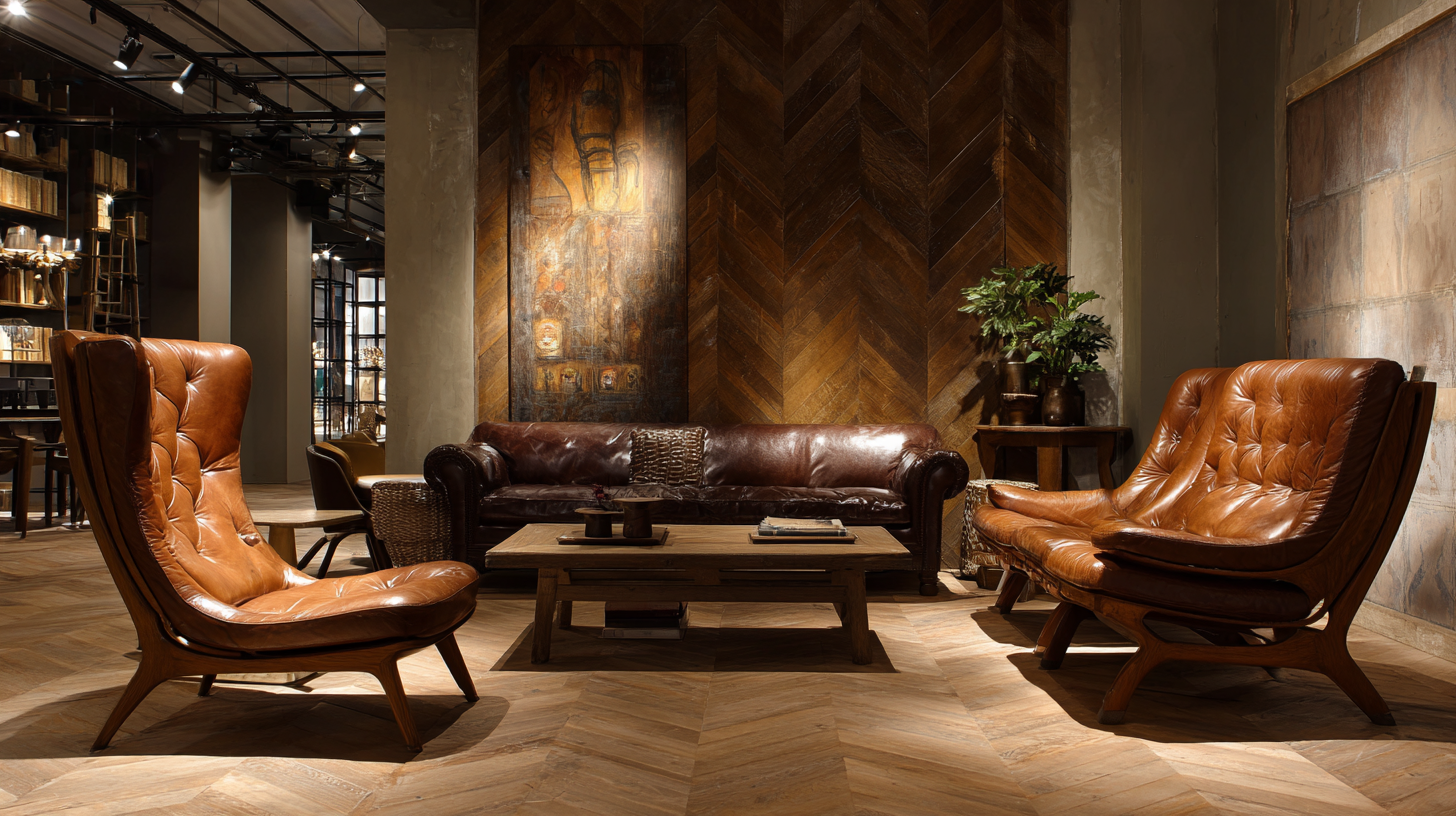
Designing Timeless Pieces: Balancing Aesthetics and Functionality
When selecting furniture that stands the test of time,
balancing aesthetics and functionality is crucial. According to a report by the
American Home Furnishings Alliance,
nearly 70% of consumers prioritize durability in
their buying decisions, showing that beauty alone is insufficient. High-quality materials such as
hardwoods and
metal frames contribute significantly to the
longevity of furniture, while design elements like timeless styles
and neutral colors enhance versatility, allowing pieces
to fit seamlessly into evolving décor trends.
Incorporating both form and function, well-designed furniture should also address practical
considerations like ergonomics and maintenance.
Research from the Furniture Today publication indicates that
60% of buyers are willing to invest more in
products that offer both exceptional design and easy upkeep. Elements such as removable covers
and finishes that resist wear and tear are increasingly popular, reflecting a trend towards
sustainability in furniture design. By thoughtfully
merging aesthetic appeal with practical use, consumers can make informed choices that lead to
enduring satisfaction in their furniture investments.
Maintenance Tips to Extend the Life of Your Furniture
Maintaining furniture to extend its life requires a proactive approach to care and preservation. One of the most crucial steps is regular cleaning, which should be tailored to the specific materials of the furniture. For instance, wooden pieces benefit from being dusted frequently with a soft, dry cloth to avoid scratches and buildup of grime. It’s also advisable to use a wood conditioner periodically to nourish the natural fibers and maintain its luster. For upholstery, vacuuming is essential to remove dirt and allergens, while spot cleaning spills immediately can prevent stains from setting in.
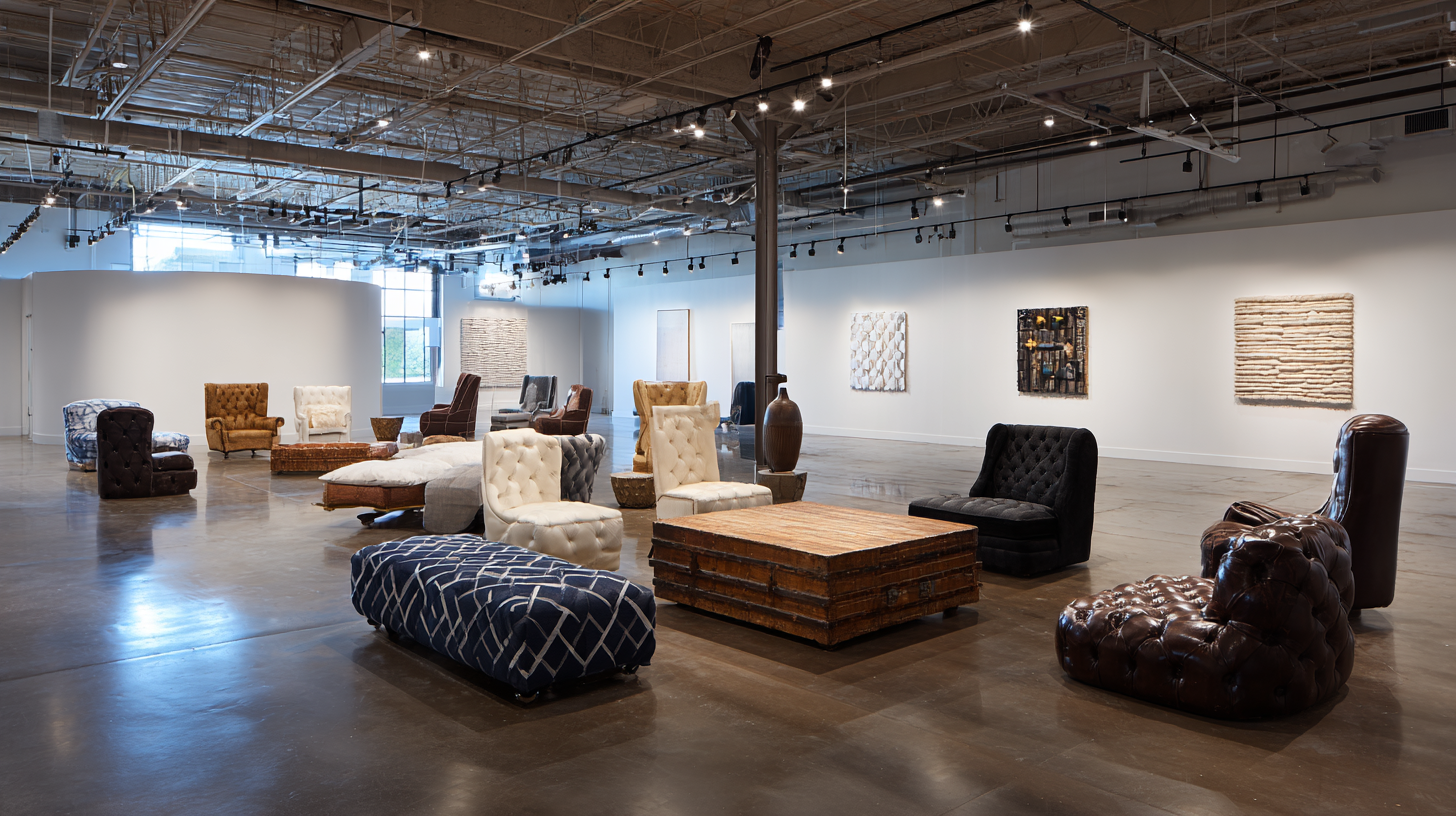
In addition to routine cleaning, placement and environmental factors play a significant role in furniture longevity. Avoid direct sunlight exposure, as UV rays can fade colors and degrade materials over time. Utilizing felt pads under heavy items can prevent scratches and dents on floors and furniture surfaces. Moreover, rotating cushions and flipping mattresses, where applicable, can help distribute wear evenly, ensuring all areas receive appropriate support and remain comfortable. By incorporating these maintenance tips, furniture can not only retain its aesthetic appeal but also serve its purpose effectively for years to come.
Identifying Quality Brands and Warranty Features in Furniture Products
When selecting quality furniture, understanding the importance of brand reputation and warranty features is crucial. Quality brands often have a long-standing history in the industry, invested in producing durable products that stand the test of time. Look for brands with strong customer feedback and positive reviews, as well as those that have been recognized by industry experts. A reputable brand will carry an assurance of quality, giving you peace of mind in your investment.
Tips for identifying quality brands include researching the materials used in their products. High-quality woods, metals, and fabrics typically signify durability. Additionally, check for certifications that indicate sustainable practices or superior craftsmanship. Another important aspect is warranty features; a robust warranty can indicate a manufacturer's confidence in their furniture. Look for brands that offer extended warranties on both manufacturing defects and structural integrity, as this reflects their commitment to customer satisfaction.
When it comes to warranty features, pay attention to the terms and conditions. A great warranty should cover key components, such as frames and mechanisms, for a considerable period. Some brands may even offer lifetime warranties on certain products, which can be a testament to their quality. By considering these factors, you can confidently select furniture that not only fits your design aesthetic but also promises longevity.
How to Choose Quality Furniture That Lasts: Insights from Industry Experts on Durability and Design
| Furniture Type | Quality Indicators | Recommended Materials | Warranty Length | Average Lifespan (Years) |
|---|---|---|---|---|
| Sofa | Sturdy frame, high-density foam | Hardwood, leather, high-quality fabric | 5-10 years | 7-12 |
| Dining Table | Solid construction, scratch-resistant surface | Solid wood, tempered glass | 5-10 years | 10-20 |
| Bed Frame | Robust joints, supports weight evenly | Metal, hardwood | 10-15 years | 15-25 |
| Chair | Ergonomic design, durable upholstery | Metal, molded wood, high-quality textile | 3-5 years | 5-10 |
| Coffee Table | Sturdy design, scratch-resistant finishes | Wood veneer, glass top | 2-5 years | 5-10 |
Related Posts
-
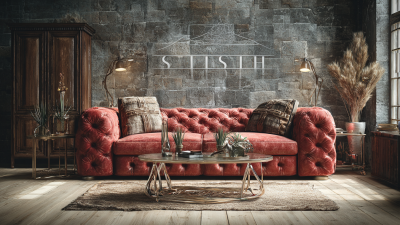
5 Innovative Ways to Transform Your Space with Best Stylish Furniture
-
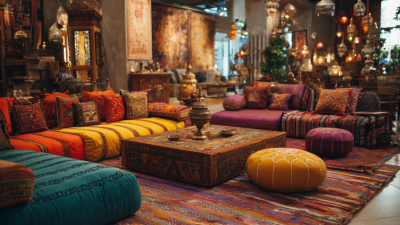
10 Reasons Why Best Best Furniture is the Ultimate Choice for Global Buyers
-
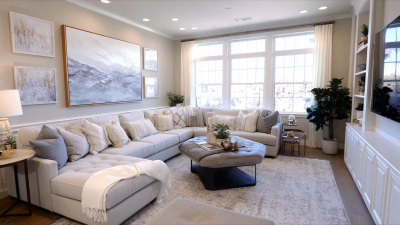
2025 Trends in Smart Family Room Furniture: How to Choose the Perfect Pieces for Your Home
-

5 Key Trends Driving the Global Living Room Furniture Market Growth
-
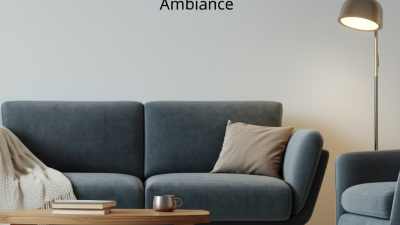
How to Choose the Best Inside Furniture for a Cozy Home Ambiance
-
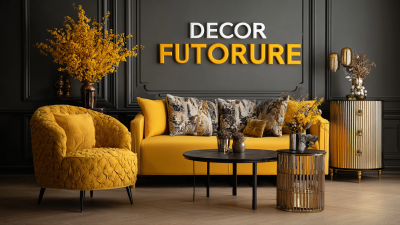
What is Best Decor Furniture? Exploring Trends and Data for Global Buyers in 2023

